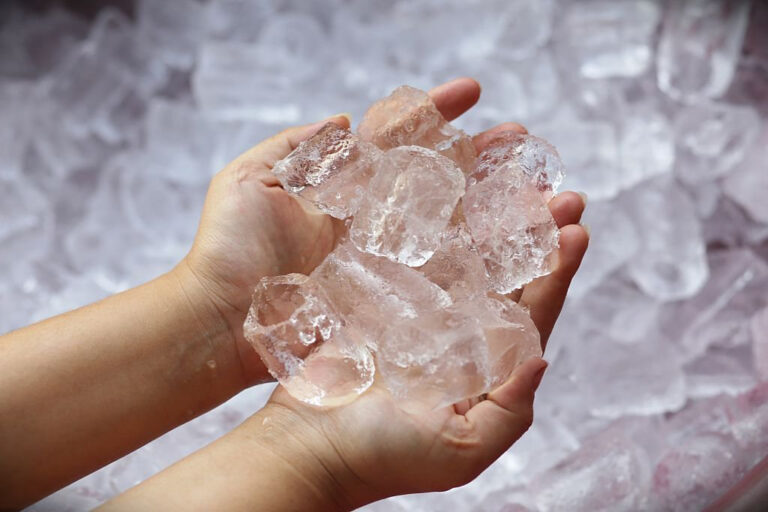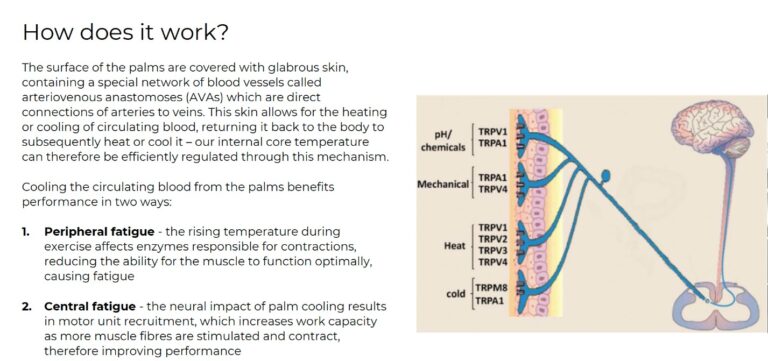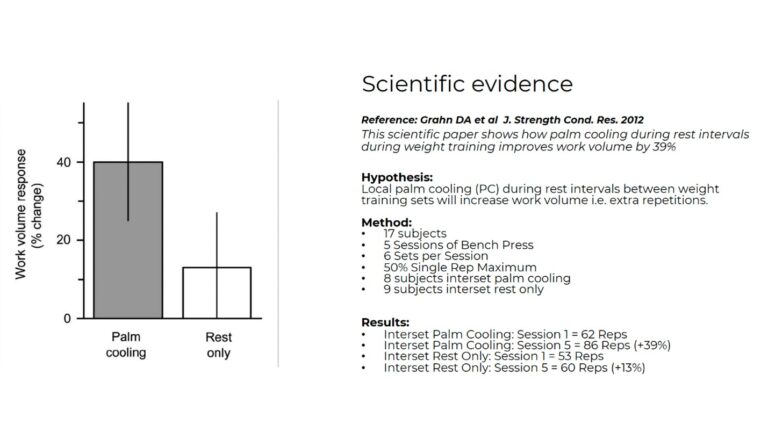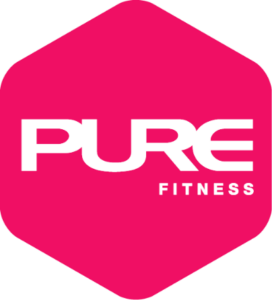8 April 2025
Traditionally, we always thought of recovery in between sets as the amount of time or duration we used in between each lift. This is still important and when you watch different forms of lifters, you see different strength gains and body shapes emerge from the time taken in between sets and the load applied.
Here’s an example:
An elite level or experienced Olympic or Power lifter will take a long time in between sets – sometimes in Olympic Lifting (Snatch and Clean and Jerk), they could take 5-10 minutes in between each lift. The reason they are doing this is based on the body’s energy systems and recovery. They are trying to allow the energy used within the cells to replenish and be ready for maximal effort on the next lift. If they don’t give themselves enough time in between lifts, their performance will decrease as their system was not fully recovered in time for the next lift.
If you watch a CrossFitter doing Olympic Lifting, they are doing many repetitions without rest. In this case, they are tapping into a different energy system within the body that allows more repetitions — but they are not capable of lifting the same weight as a traditional Olympic Lifter. They will tend to do long recovery periods at the end of repetitive lifts in one round before stopping but with lighter weights.

In both scenarios, recovery in between sets is paramount but applied differently. You will also see different body types resulting from these different recovery techniques. The Olympic Lifter will tend to be larger and develop high strength profiles while the CrossFitter will tend to look leaner and have a different strength profile.
The important takeaway in both styles of training: Recovery is key – just at different durations and after different number of reps within each set.
BUT what if we told you that there’s another way to recover the body at the cellular level significantly quicker than just rest periods in between lifts and sets? A ‘body hack’ that is so brilliant yet so simple!

Around 2012, two Stanford scientists Grahn and Heller expanded research into something really interesting about the body that was initially found in 2009. The enzyme that muscles need to create chemical energy (Muscle Pyruvate Kinase or MPK) was highly temperature sensitive. When we exercise, the muscles move and heat up. The body will tolerate this up to certain temperatures, but then the enzyme will stop being active and cause fatigue to stop the muscle from overheating and being damaged.
So, what does this mean in layman’s terms? It means that part of our muscle fatigue is caused by movement heating up the cell and then the cell shutting down. The energy source no longer allows the muscle to move at the same level of strength, intensity and duration before it became too hot.
When the researchers at Stanford started to test this theory, they noticed some incredible things. If you cool the glabrous parts of the body (parts where hair doesn’t grow) like palms of hands, bottom of your feet and top of your face, you can directly cool the muscles at the cellular level quickly and delay this fatigue to keep performance high.
If you’re a technical person, read this. If you’re not, skip this part. But continue reading to see how you can make this happen in your next gym or outdoor workout:

What are some of the best ways you can cool your cells in between sets or on your next run or cardio workout? What are the real scientific benefits of this, and how much recovery can you actually achieve? You’ll be surprised by the answers.
There have been some clever products specifically designed to cool the palms, but they can also be used on the soles of the feet. Both cooling gloves and hand coolers provide constant cooling but are a little harder to use in your next gym session.
One cost-free way for you to replicate this – fill up your water bottles with water and freeze them overnight. In between your lifting sets, hold one bottle in each hand for around 1 minute and then lift again and repeat. The results will surprise you! The scientists found that the increases in recovery and performance were staggering. See the chart below to understand the results from just one study.


Test out the science in your next gym visit, whether your cold system is a frozen water bottle, palm chillers or cooling gloves. Your performance and your body will thank you for it.

A fresh approach to a wellness studio that helps you unscramble your head and Re:set your system mentally, physically and emotionally – powering you up to feel your best again.

Whether you want to tone your body or pump up your cardio, harness the power and grit with PURE Fitness.

From private yoga to specialised classes, enjoy the ultimate yoga experience with PURE Yoga and lead happier, healthier, and more balanced lives.
From yoga to fitness, PURE Online provides scheduled and on-demand workout videos to practise anytime and anywhere.
noodfood offers only the good stuff — delicious and nutritious food and drinks including cold-pressed juices, raw foods and organic snacks to keep you happy and healthy.

A fresh approach to a wellness studio that helps you unscramble your head and Re:set your system mentally, physically and emotionally – powering you up to feel your best again.

Whether you want to tone your body or pump up your cardio, harness the power and grit with PURE Fitness.

From private yoga to specialised classes, enjoy the ultimate yoga experience with PURE Yoga and lead happier, healthier, and more balanced lives.
From yoga to fitness, PURE Online provides scheduled and on-demand workout videos to practise anytime and anywhere.
noodfood offers only the good stuff — delicious and nutritious food and drinks including cold-pressed juices, raw foods and organic snacks to keep you happy and healthy.
A fresh approach to a wellness studio that helps you unscramble your head and Re:set your system mentally, physically and emotionally – powering you up to feel your best again.
Whether you want to tone your body or pump up your cardio, harness the power and grit with PURE Fitness.
From private yoga to specialised classes, enjoy the ultimate yoga experience with PURE Yoga and lead happier, healthier, and more balanced lives.
From yoga to fitness, PURE Online provides scheduled and on-demand workout videos to practise anytime and anywhere.
noodfood offers only the good stuff — delicious and nutritious food and drinks including cold-pressed juices, raw foods and organic snacks to keep you happy and healthy.
A fresh approach to a wellness studio that helps you unscramble your head and Re:set your system mentally, physically and emotionally – powering you up to feel your best again.
Whether you want to tone your body or pump up your cardio, harness the power and grit with PURE Fitness.
From private yoga to specialised classes, enjoy the ultimate yoga experience with PURE Yoga and lead happier, healthier, and more balanced lives.
From yoga to fitness, PURE Online provides scheduled and on-demand workout videos to practise anytime and anywhere.
noodfood offers only the good stuff — delicious and nutritious food and drinks including cold-pressed juices, raw foods and organic snacks to keep you happy and healthy.
Let us know how we can help you.
Form submitted. Our representative will contact you shortly.
Form submitted. We will Our representative will contact you shortly.
Let us know how we can help you.
Form submitted. Our representative will contact you shortly.